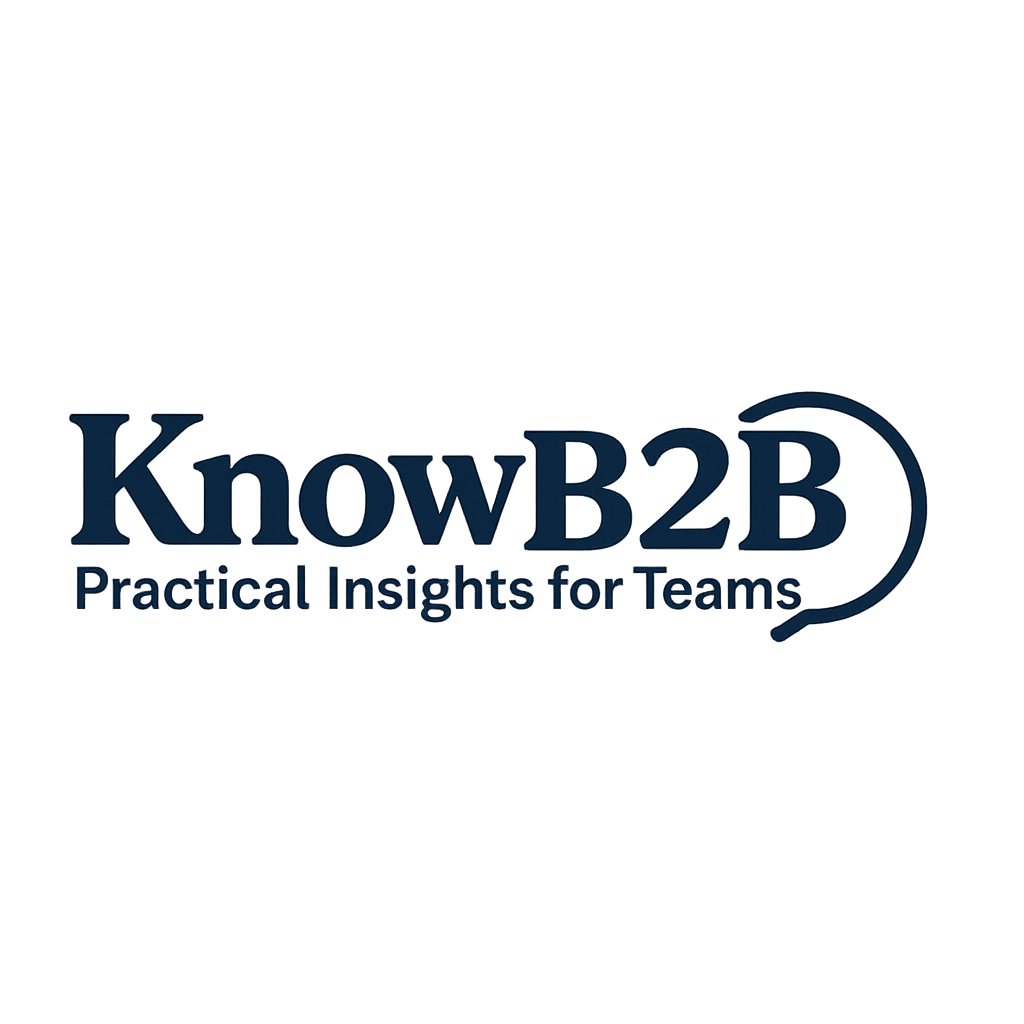When we talk about performance, what often comes to mind are cold metrics like KPIs. Yet without performance management, teams become disorganized, and outcomes become hard to measure.
Performance is a double-edged sword. A well-designed system can accelerate business growth. But when mismanaged, it becomes a burden that increases costs and reduces efficiency.
Many organizations fall into the trap of “evaluation for evaluation’s sake.” Misaligned goals, excessive formalism, and poor communication cause frustration, disengagement, and even higher employee turnover. So how can companies break this cycle and unlock the real power of performance management?
Let’s begin by examining the most common problems that plague corporate performance systems.
10 Common Problems in Performance Management
1. Misalignment Between Goals and Strategy
Performance goals are often fragmented and disconnected from the company’s strategic direction. This leads to wasted effort, low cross-functional collaboration, and misaligned resource allocation.
2. Vague or Unreasonable Evaluation Criteria
Many performance indicators are too general, not quantifiable, or irrelevant to core competencies. In some cases, a one-size-fits-all approach leads to subjective evaluations and employee dissatisfaction.
3. Lack of Continuous Communication and Feedback
When feedback only happens at the end of an evaluation cycle, employees lack clarity on how to improve. Without regular coaching, performance reviews become mere accounting tools.
4. Excessive Formalism with No Substance
Cumbersome processes like meaningless forms or checkbox reviews consume time but add little value. Employees begin to see performance evaluations as a burden rather than a source of motivation.
5. Narrow Use of Evaluation Results
Linking performance results solely to compensation ignores long-term value creation, such as training, role adjustment, or career development. This limits growth potential for both employees and the organization.
6. Lack of Fairness and Transparency
Unclear rules, subjective standards, and opaque processes often result in biased evaluations and internal conflict.
7. Over-Quantification or Neglect of Qualitative Goals
An overemphasis on data (e.g., complaint rates) neglects harder-to-measure traits like strategic thinking or cultural alignment—ultimately undermining long-term capability development.
8. Low Employee Participation in Goal Setting
When goals are imposed top-down without employee input, they often lack buy-in. This reduces commitment and execution.
9. No Mechanism for Performance Improvement
When performance reviews don’t identify root causes or lead to improvement plans, issues recur, and growth stagnates.
10. Weak Management Involvement or Capability
If managers lack the skills or courage to give constructive feedback—or don’t understand the system—they may undermine the process and damage team trust.
Three Levels of Performance Management Challenges
Performance issues typically manifest across three layers: strategic, managerial, and technical.
1. Strategic Misalignment
Company strategies are often broad and high-level. Translating them into actionable performance targets—at the company, team, and individual levels—is a complex task. Poor goal decomposition leads to misalignment and inefficiency.
2. Management Isolation
Performance management is often siloed as a yearly appraisal tool, disconnected from other HR functions like compensation, learning, or workforce planning. Without integration, it fails to support organizational goals or employee development.
3. Technical Design Flaws
Key metrics form the foundation of any performance system. Yet many companies lack scientific methods for defining KPIs or OKRs. Without proper indicator design and measurement standards, the system collapses under its own weight.
How to Use OKRs for Effective Performance Management
OKR (Objectives and Key Results) is a goal-setting framework first developed at Intel in 1999. It became popular in China after 2014, adopted by companies like Baidu and Huawei.
OKRs help organizations align around clear, measurable objectives while encouraging transparency and ambition.
Set Ambitious, Inspiring Objectives
Great objectives should push teams beyond their comfort zones. They’re not easily achievable—they require innovation, collaboration, and focused effort.
Such objectives inspire purpose and unity, rallying team members to work toward a shared vision. They also create healthy pressure and enhance teamwork through collective ownership.
Define Measurable Key Results
Key results track progress against objectives. They must be specific, time-bound, and metric-driven—e.g., revenue growth %, user acquisition count, or product launch time.
Key results break down ambitious goals into actionable milestones and make performance reviews fair and data-driven.
Align Objectives and Key Results
Objectives provide the “why,” while key results offer the “how.” Both are essential. Together, they create a feedback loop that keeps teams focused and adaptive.
Who Should Use OKRs?
While OKRs are most common in tech, their applications are expanding across industries:
- Startups or High-Change Sectors: Rapid goal adjustment to match market uncertainty (e.g., SaaS, clean energy).
- Innovation-Driven Organizations: Encourages exploratory work while tracking deliverables (e.g., R&D labs).
- Cross-Functional Enterprises: Breaks silos and boosts coordination (e.g., platform companies, large project teams).
- Growth-Stage Companies: Supports scale by aligning strategy and talent.
- Organizations in Transformation: Enables flexible goal-setting during business model pivots or restructuring.
Not for Everyone
Traditional companies with ambiguous objectives or slower pace may find OKRs overwhelming. For them, balanced scorecards or agile management may be more effective.
Technology and Tools Make It Work
Regardless of the framework—OKRs, KPIs, or hybrid models—successful performance management requires digital support.
Modern performance tools enable:
- Real-time data collection
- Intelligent workflow automation
- Visual dashboards for analysis and reporting
These features reduce manual work, enhance fairness, and empower managers to focus on coaching rather than tracking.
Final Thought
Performance management isn’t just about tracking results. Done right, it’s a powerful engine for alignment, growth, and culture-building. But to unlock that potential, companies must address problems at all levels—from strategy to process to tools—and choose the right frameworks for their stage of growth.


